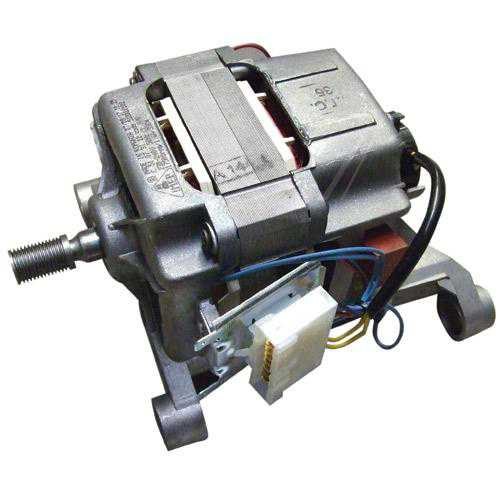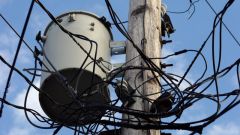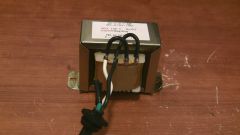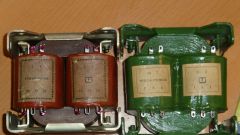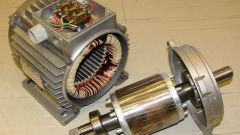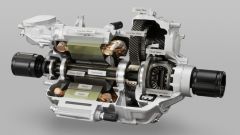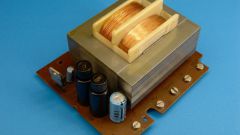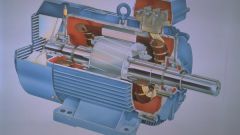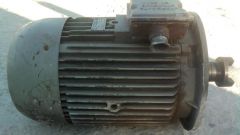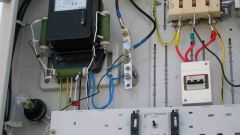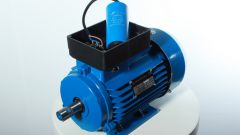You will need
- - the device for definition of resistance.
Instruction
1
In order to start the engine, determine insights starting and working winding. Use your existing devices – tester, ohmmeter, etc. Take any engine and connect it to one of the probe device. With the second pair look for the output of the engine. Simply connect the probe alternately to each of the three remaining wires. If the device showed the presence of some resistance, record the value and note the twin insights.
2
Obviously, the remaining two wires – insights second obkatki engine. You need to determine which one is starting, and what is working. Measure the resistance at the second pair of conclusions. Compare with the first value. The resistance of the starting winding is always greater than working. Now you can find the diagram to start the engine.
3
Another possible situation. You have a single phase motor. He also has two windings. But wires not four, but only three. This suggests that one output of each winding connected inside the motor. In this case, you need to know how the engine worked formerly with the starting relay or capacitor.
4
Measure the resistance between terminals. There are three possible combinations: 1-2, 2-3, 1-3 . For example, you have determined that the greatest resistance is a couple of insights 1-3. It is known that the working winding has its least value compared with the starting or condenser. Hence, the General conclusion is that the 2. It will be included directly in the network.
5
Identify the pair with the lowest resistance value. In this particular case the 1-2 combination. Output 1 is also connected to the network. It must be connected in the wire 3.
6
The following options are possible: the first auxiliary winding having a terminal 3 is launcher. Second it is the capacitor. In the first case the connection will take place only during start-up. In the second, it is carried out consistently through the condenser.
